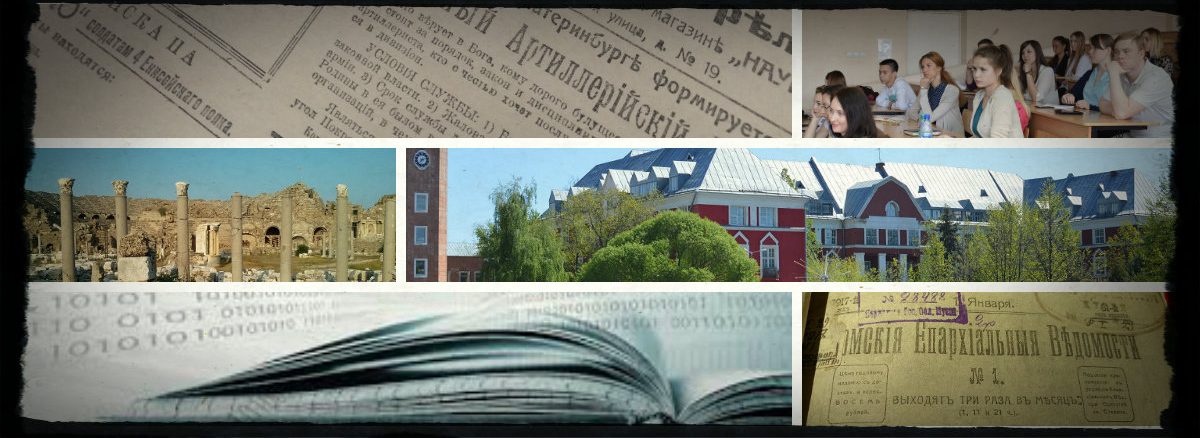The year 2000 marks the 600th anniversary of the birth of Johann Gutenberg, the inventor of letterpress printing. He has recently been named "Man of the Millenium", a title well-deserved.
To celebrate this anniversary, the State and University Library of Lower Saxony is presenting its priceless vellum Gutenberg Bible along with many other examples of European letterpress printing in an exhibition in the Pauliner Kirche (the church of the former Dominican monastery that until 1811 served as the University Chapel) between 23 June and 29 October, 2000. Prior to the opening of this exhibition the Bible, which was printed in 1454, is made available to a broad international public on the Internet and as a CD-ROM.
All 1282 pages of the two volumes of the Bible were scanned in at high resolution and processed for online presentation. This allows the public - in a digital "hands-on" effect - on CD 1 direct access to a priceless work which can normally only be stored in vaults or only a few pages can be shown during an exhibition.
In Göttingen two fortunate circumstances converge. First of all, the Göttingen Library collection does not only include one of few completely preserved vellum copies of the Gutenberg Bible but also the Model Book for painting manuscripts which was used to illuminate the Göttingen Bible.
Secondly, the library collection also includes the "Helmasperger Notarial Instrument", a document which records the legal dispute between Gutenberg and his backer Johannes Fust. This document provides the most important proof that Gutenberg was the inventor of printing with movable types.
The three above-mentioned items - the Göttingen copy of the Gutenberg Bible, the Model Book and the Helmasperger Notarial Instrument - are accompanied on CD 2 by explanatory texts about Gutenberg and his life, the early period of letterpress printing and its impact.
You can compare the illuminations in the Bible with the Model Book and you can also compare well-known passages from the Bible with different translations. Do take the time to read theinstructions about how to use the pages.
Источник описания: Gutenberg Digital
